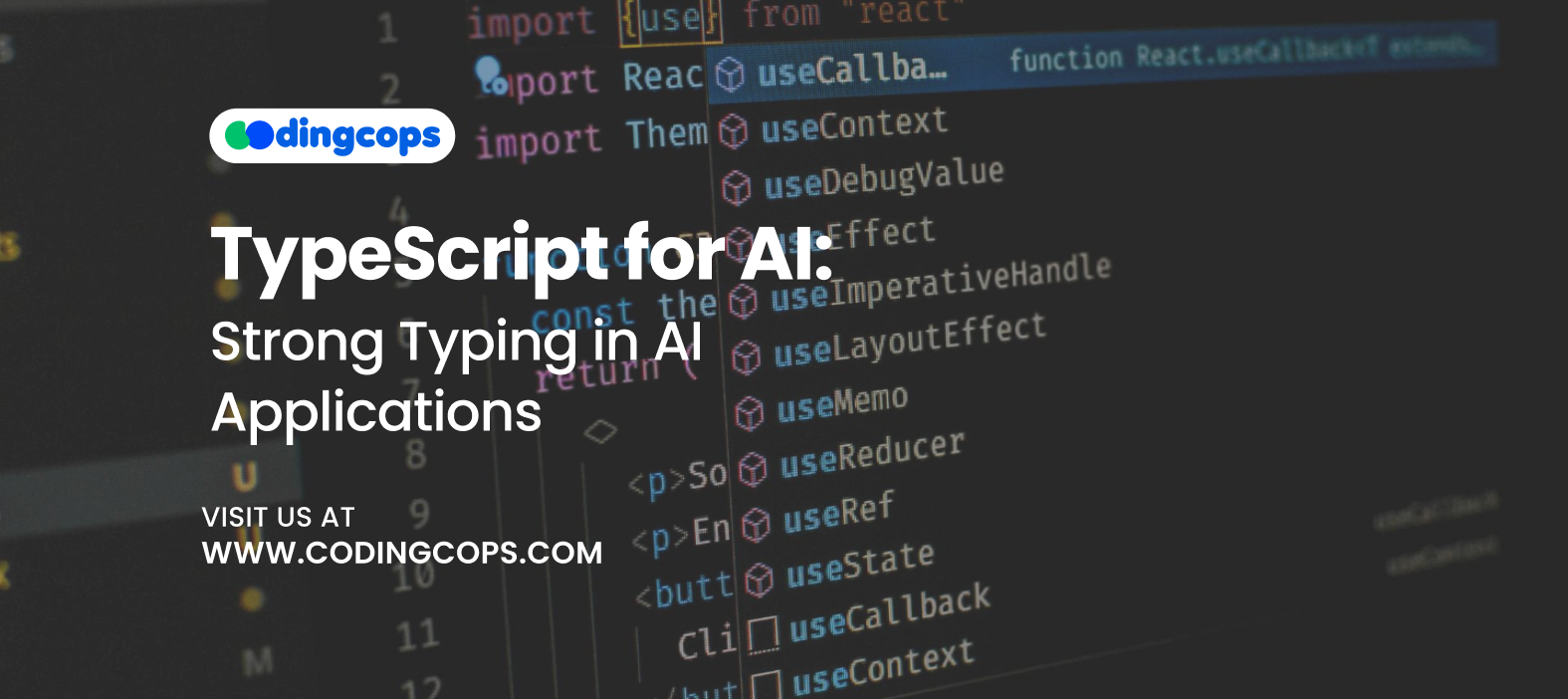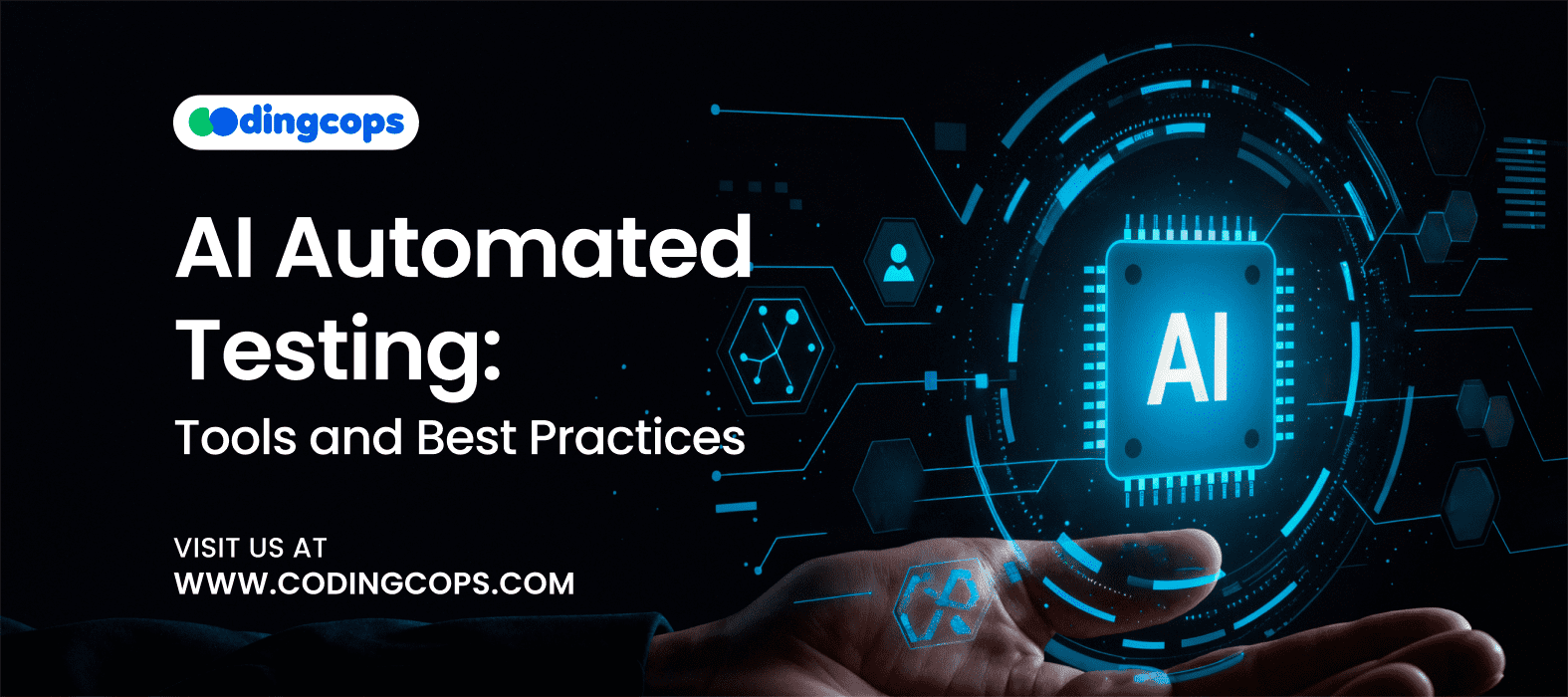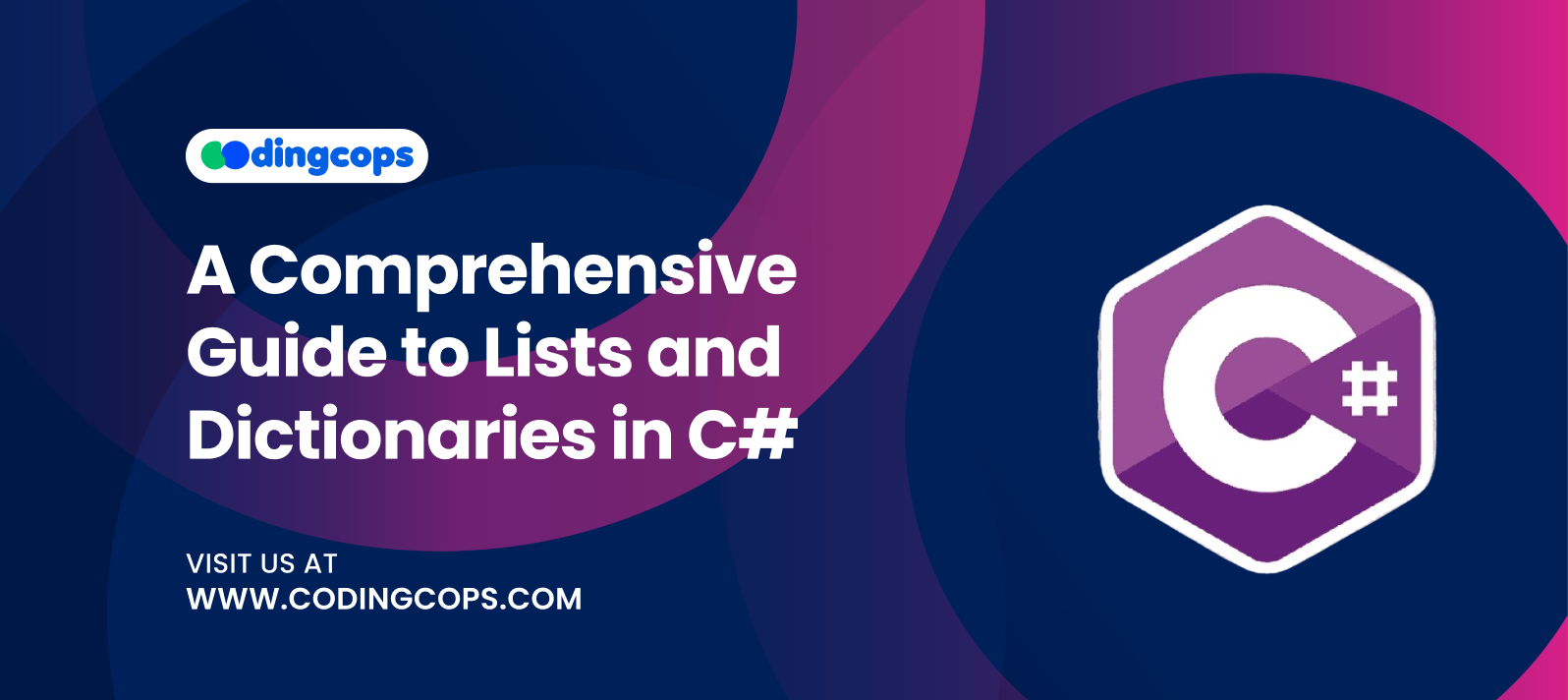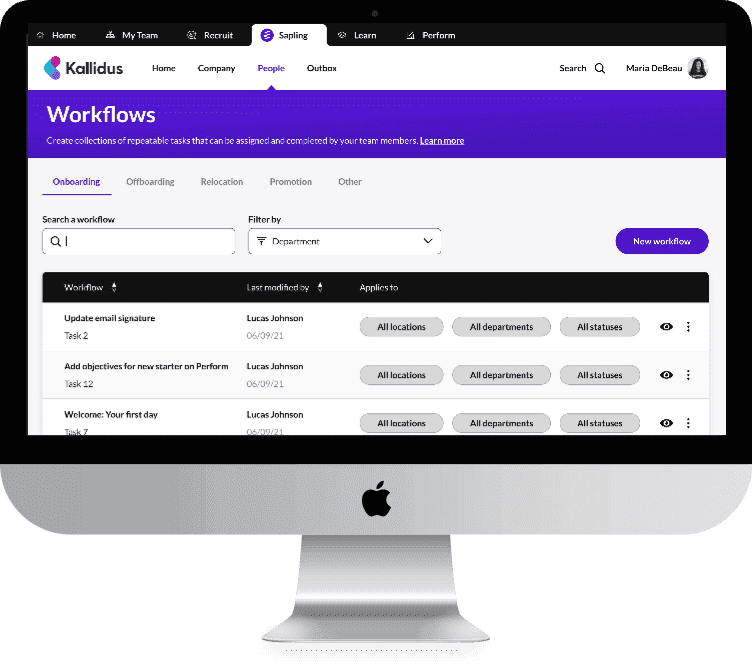According to Statista, the market for AI technologies is extremely vast and is expected to grow well beyond $800 billion in the next five years. With such expansion, the demand for AI applications that are not only innovative but also stable and maintainable has increased significantly.
JavaScript’s dynamic typing is a drawback, despite the fact that it is frequently utilized to incorporate AI models into online applications. Runtime problems and inconsistent behavior can result from dynamic typing in AI projects that include complicated datasets and models.
TypeScript can be useful in this situation. TypeScript offers a dependable framework for creating AI applications by incorporating robust typing and compile-time checks. We will thus go over the importance of strong typing in AI development in this guide.
Why Strong Typing Matters in AI Development?
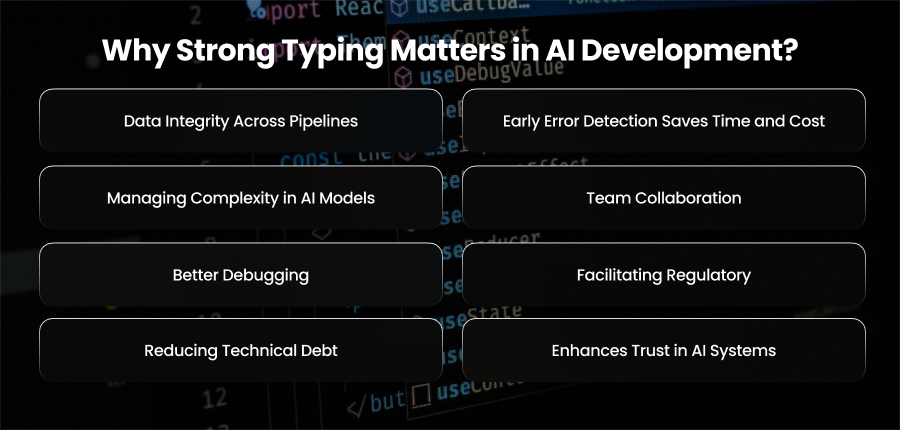
Data Integrity Across Pipelines
AI systems thrive on structured and reliable data. A typical AI pipeline involves multiple stages: raw data and feature engineering. The downstream process may fail quietly or yield erroneous results if there is an unexpected data type shift at any point, such as when an integer changes to a string or a feature vector loses its intended dimensions.
For example, a fraud detection system expecting numeric transaction amounts might fail if those amounts are accidentally processed as strings. Moreover, with strong typing, such mismatches are caught before deployment.
Early Error Detection Saves Time and Cost
Many problems in dynamically typed languages, such as JavaScript, only show up during runtime, which frequently results in mistakes showing up in production. Downtime and a bad user experience may result from this. Additionally, robust typing significantly reduces debugging efforts by enabling developers to detect incompatibilities during compilation time.
Managing Complexity in AI Models
AI models, especially deep learning architectures, hyperparameters, and optimization settings. Without strict typing, one incorrect parameter could break the model or result in misleading training outcomes.
Team Collaboration
AI projects usually involve multiple teams. Therefore, miscommunication between these teams is common. Also, strong typing serves as a contract that defines exactly what data structures should look like, creating shared understanding across teams. Hence, this minimizes the guesswork and helps new members onboard faster.
Enhances Trust in AI Systems
Trust is crucial for sectors like healthcare and banking. It might be fatal if a medical AI system incorrectly classifies a patient because of a type mismatch. Strong typing builds confidence by reducing risks associated with ambiguous or inconsistent data handling.
Better Debugging
Strong typing enhances the developer experience in addition to preventing mistakes. The feedback loop is sped up by highlighting possible problems while developers write code. Instead of spending hours tracing a runtime error, teams can focus on improving model performance and user outcomes.
Facilitating Regulatory
AI systems must exhibit dependability and transparency in highly regulated businesses. Furthermore, by guaranteeing that data is regularly evaluated and handled in accordance with specified structures, strong typing promotes compliance. This lessens the possibility that unintentional data inaccuracies may result in non-compliance.
Reducing Technical Debt
AI projects change quickly, with frequent retraining or adjustments to data pipelines. Without strong typing, changes can introduce hidden bugs that accumulate as technical debt. Over time, this makes systems fragile and harder to maintain. Also, typing forces cleaner and more disciplined coding practices.
Differences Between TypeScript and JavaScript in AI Projects
| Aspect | TypeScript | JavaScript |
| Typing System | Static type checking ensures that mistakes are detected during compilation. | Type related errors only appear during runtime; dynamic typing is used. |
| Error Handling | Prevents type mismatches early, reducing production bugs in AI pipelines. | Errors can appear late, often after deployment, making debugging harder. |
| Scalability | Well suited for large, enterprise grade AI projects with multiple contributors. | Works better for smaller AI prototypes. |
| Code Maintainability | Enforces strict contracts, improving readability and long-term sustainability. | Less strict, which can lead to technical debt in long term AI systems. |
| Tooling & IDE Support | Rich autocomplete, refactoring tools, and IntelliSense for faster AI dev cycles. | Limited autocomplete; developers rely more on manual validation. |
| Performance in Apps | No runtime penalty; compiled to JavaScript, but safe execution of AI logic. | Faster to start, but prone to runtime failures with complex AI operations. |
| Ecosystem Usage in AI | Prefered in enterprise AI, ML dashboards, and complex integrations. | Common in smaller AI prototypes, frontend visualizations, and lightweight tasks. |
Benefits of Using TypeScript in AI Applications
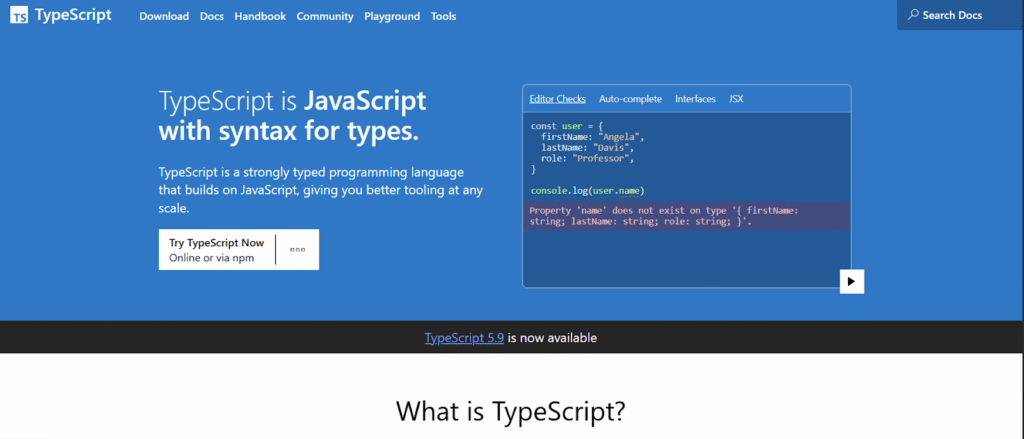
Early Error Detection
One of TypeScript’s biggest advantages is its capacity to identify issues during compilation. AI projects usually include complex datasets and model parameters, and even little mistakes like incorrectly identifying a variable or providing the wrong data type can provide erroneous results.
- For example, in a computer vision model, a misplaced type definition can be flagged before training begins, saving hours of wasted computation.
- Developers spend less time debugging runtime errors and more time optimizing AI models.
Improved Code Readability
AI projects are usually collaborative and long-term. As models grow, new datasets are introduced, and readability becomes critical. TypeScript enforces clear type definitions, making the codebase self-documenting.
Scalability for Enterprise AI Projects
When scaling AI from a prototype to a production level system, maintainability and structure are essential. TypeScript provides a framework for scaling seamlessly by ensuring consistent type usage across thousands of lines of code.
For example, a healthcare AI solution analyzing patient data must grow with strict reliability; TypeScript’s structure supports that growth with system fragility.
IDE Support
Advanced editing features like IntelliSense, autocomplete, and intelligent refactoring are included with TypeScript. By making technique recommendations, identifying errors early, and minimizing manual checking, these features increase productivity.
Integration with AI Libraries
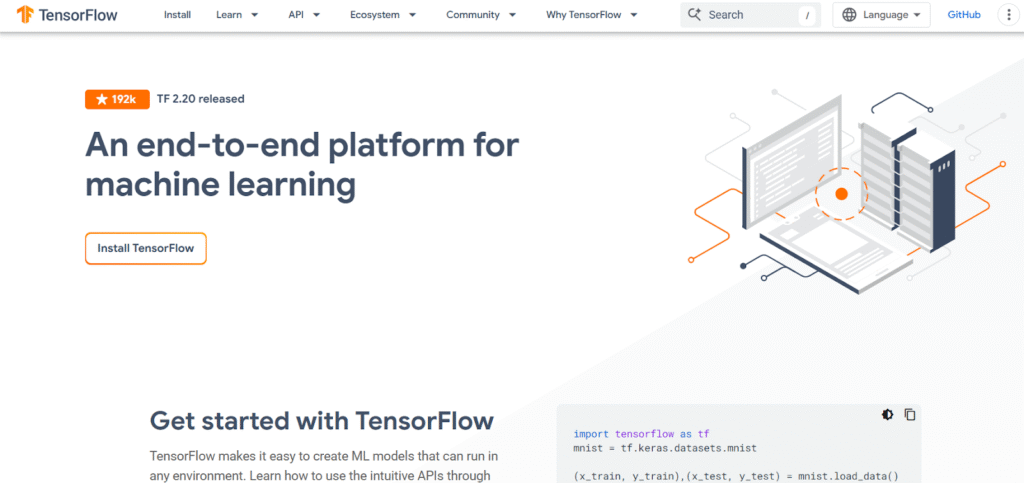
Modern AI applications rarely run in isolation; they integrate with cloud services and AI frameworks. TypeScript provides:
- Better type definitions for API responses.
- Smooth integration with Node-based AI tools and TensorFlow.js.
- Predictable behavior when working with data from external services.
Use Cases of TypeScript in AI
AI Powered Web Applications and Dashboards
Creating dashboards as well as web interfaces that show insights and analytics is one of the most popular uses of TypeScript in AI. TypeScript makes ensuring that the results that many AI systems produce are displayed to end users in a correct and consistent manner.
Machine Learning Model Development with Node
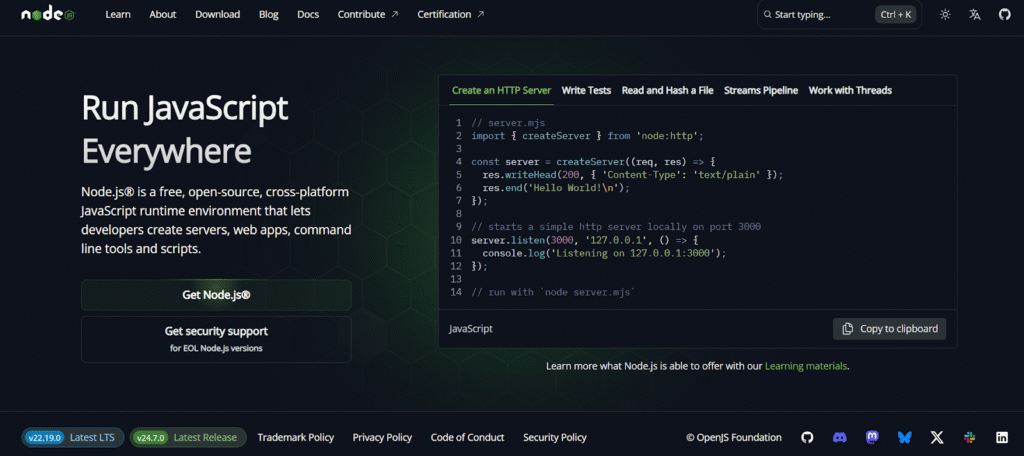
Deploying machine learning models using Node.js, particularly with frameworks like TensorFlow, is another significant use case. Additionally, TypeScript contributes by guaranteeing that these models’ inputs and outputs follow predetermined forms. This reduces the risk of runtime errors.
AI Inference Systems
TypeScript is even more crucial in domains where real time predictions are essential. Continuous processing of incoming data streams, including financial transactions and IoT sensor data, is a component of AI inference. For instance, AI models may be used by stock trading platforms to forecast short term market movements. In order to prevent expensive mistakes during live operations, TypeScript makes sure that data coming into these models maintains consistent structure and format.
AI Integration in Cloud and API Services
Numerous AI applications rely on cloud based AI services like Google Cloud AI and AWS AI/ML as well as external APIs. Additionally, TypeScript excels in this situation by enforcing stringent type for API requests and answers, guaranteeing consistent data transfers between systems.
AI in IoT Applications
AI models are frequently implemented closer to the data source, whether in smart devices or autonomous systems, as a result of the growth of the Internet of Things and edge computing. Furthermore, TypeScript is essential in this context since it enforces stringent contracts for the collection and transmission of data to AI models.
Best Practices for Using TypeScript in AI Projects
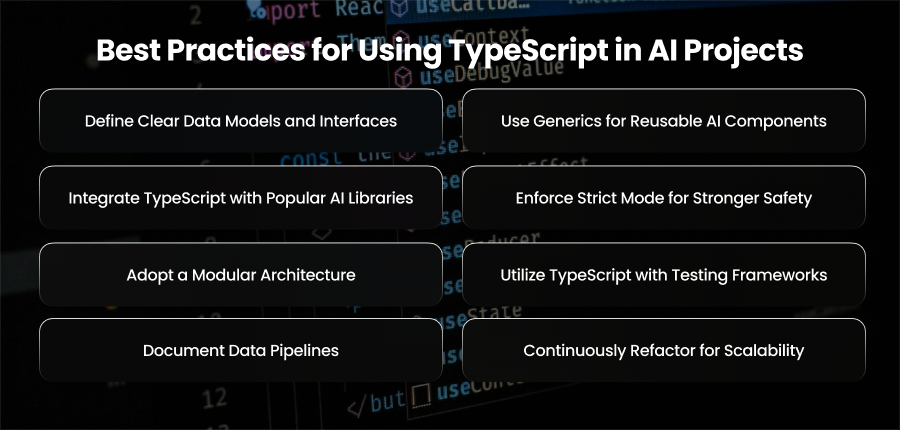
Define Clear Data Models and Interfaces
AI projects often involve complex datasets with features and metadata. By defining strict data models and interfaces in TypeScript, you can ensure consistency across the entire pipeline. This prevents issues where input data does not match what the model expects. For instance, if an AI system for credit scoring requires income as a number and employment type as a string, TypeScript interfaces can enforce these rules early in development.
Use Generics for Reusable AI Components
Components like model wrappers, feature extractors, and data preprocessors are commonly reused in AI projects. These elements can be customizable while yet preserving type safety by using TypeScript. For example, a preprocessing function might handle different types of datasets, and generics ensure it works correctly across these variations without sacrificing predictability.
Integrate TypeScript with Popular AI Libraries
TypeScript integrates well with JavaScript based AI libraries such as Synaptic. The team should utilize TypeScript definitions for these libraries to gain stronger compile-time checking. Hence, this reduces the likelihood of passing incorrect arguments to functions, which can save hours of debugging during training.
Enforce Strict Mode for Stronger Safety
Always enable strict mode in the TypeScript configuration. This ensures the compiler checks for nulls and implicit type conversions. In AI applications, such checks are vital because an undefined dataset or misconfigured parameter can break an entire training run or produce misleading predictions. Moreover, strict mode provides an additional safety net.
Adopt a Modular Architecture
The complexity of AI systems seems to increase, frequently incorporating model training scripts and preprocessing pipelines. TypeScript’s modular architecture enables teams to divide the software into more manageable, testable chunks. The system can be easier to scale as needs change and maintain if each module has its own type definitions.
Utilize TypeScript with Testing Frameworks
TypeScript is compatible with testing frameworks such as Mocha and Jest. Teams can identify problems at the structural and behavioral levels by creating unit and integration tests in conjunction with stringent type definitions. For example, a test could ensure that a preprocessing function not only receives the correct data but also returns a properly formatted output for the modal.
Document Data Pipelines
Instead of writing extensive external documentation, let TypeScript serve as living documentation for your data pipelines. Clear type annotations act as self-explanatory contracts for each stage of the pipeline. For a natural language processing pipeline, types can specify that tokenized text must be arrays of strings and embeddings must be arrays of numbers, reducing confusion for new team members.
Continuously Refactor for Scalability
As AI applications grow, code that once worked during the prototype phase may no longer be optimal. Regular refactoring, supported by TypeScript’s security features, helps maintain scalability. Moreover, teams can confidently restructure preprocessing modules or reorganize deployment logic without the fear of introducing silent errors.
Final Words
TypeScript brings structure, safety, and scalability to AI development. By enforcing strong typing and ensuring long term maintainability, it transforms AI projects from fragile experiments into reliable systems. For businesses and developers alike, adopting TypeScript in AI ensures accuracy.

